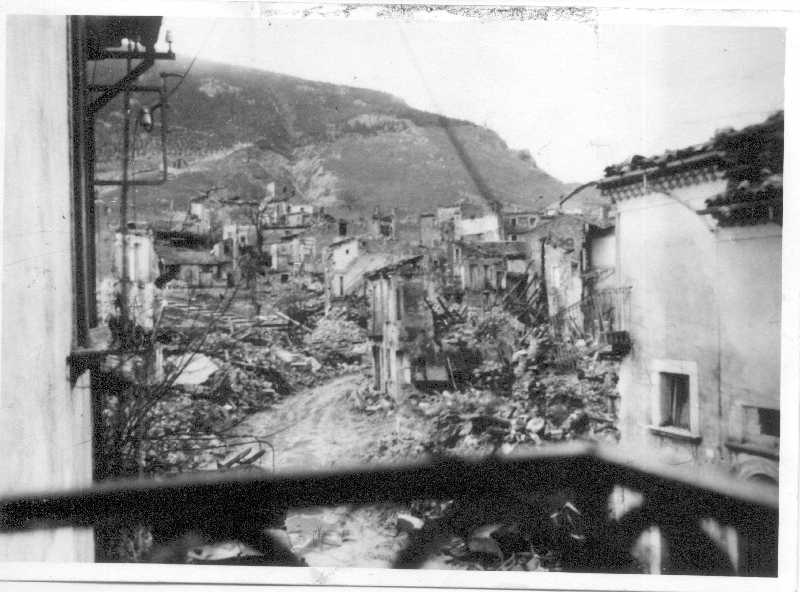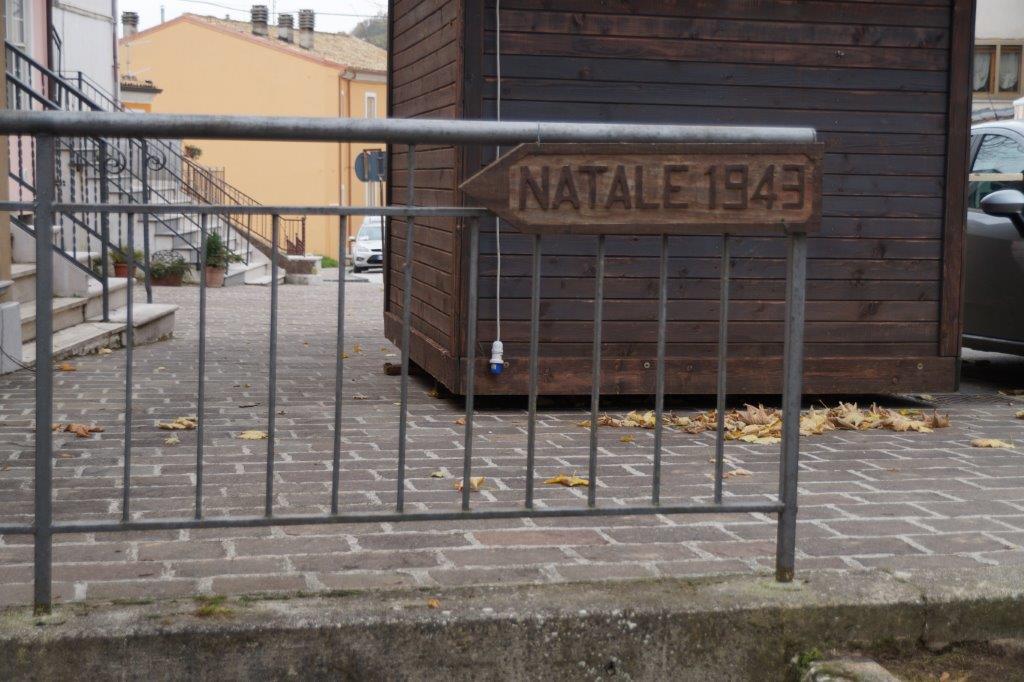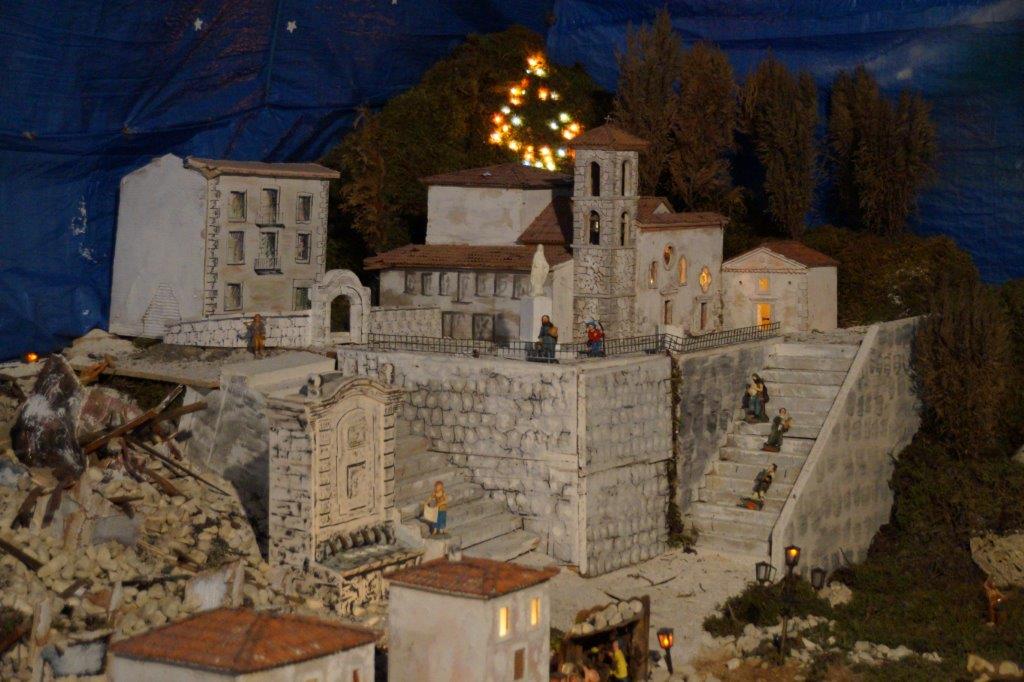The Winter Line was a series of German
military fortifications in Italy,
constructed during World War II by Organisation Todt. It
ran across Italy
from just north of where the Garigliano River flows
into the Tyrrhenian Sea in the west,
through the Apennine Mountains to
the mouth of the Sangro
River on the Adriatic Sea in the east. The
centre of the
line, where it crossed the main route north (Highway 6), was based on
the mountain Monte Cassino
and the old abbey that sat atop it. The line was fortified with gun
pits, concrete bunkers, turreted machine-gun emplacements, barbed-wire
and minefields. It was the strongest of the German defensive lines
south of Rome. The western part of the line, centred around Monte
Cassino, was called the Gustav Line, and was
protected by the Bernhardt Line a few miles
to the south.
Following the Allied invasion of Italy
in
September 1943,
the Italian government had surrendered, but the German Army continued
to fight. The Allied armies succeeded in conquering the southern part
of Italy, and the Germans retreated to a prepared defensive position
called the Winter Line. About 15 German divisions were employed in the
defence.
The Allies' immediate objective was the liberation of Rome.
The
most
obvious approach to Rome was the Liri Valley (just north of Monte
Cassino), and the Winter Line would prevent the Allies advancing to
there.
The German forces were commanded by Field Marshal Albert Kesselring. The
defence of the
line itself was commanded by General Heinrich von
Vietinghoff
of the 10th Armee.
The Winter Line proved a major obstacle to the Allies at the end of
1943, halting the Fifth Army's advance on the western side of Italy.
Although the Gustav Line was penetrated on the Eighth Army's Adriatic
front, and Ortona captured,
blizzards, drifting snow and zero visibility at the end of December
caused the advance to grind to a halt.
The center of this line ran along the Sangro River near SPA. The
destruction of the town, along with many others around it including
Castel di Sangro, was to deny shelter and cover to the Allies who were
expected to go around the more heavily defended western section of the
Gustav Line. The
Allies, though, went headlong against the Gustav Line and the Battle at
Monte Cassino ensued. (Note : during this campaign, there was battle
named "










 silogic.com>
silogic.com>

 In December of 2018, Carmen diGiacomo <TippFado
In December of 2018, Carmen diGiacomo <TippFado



